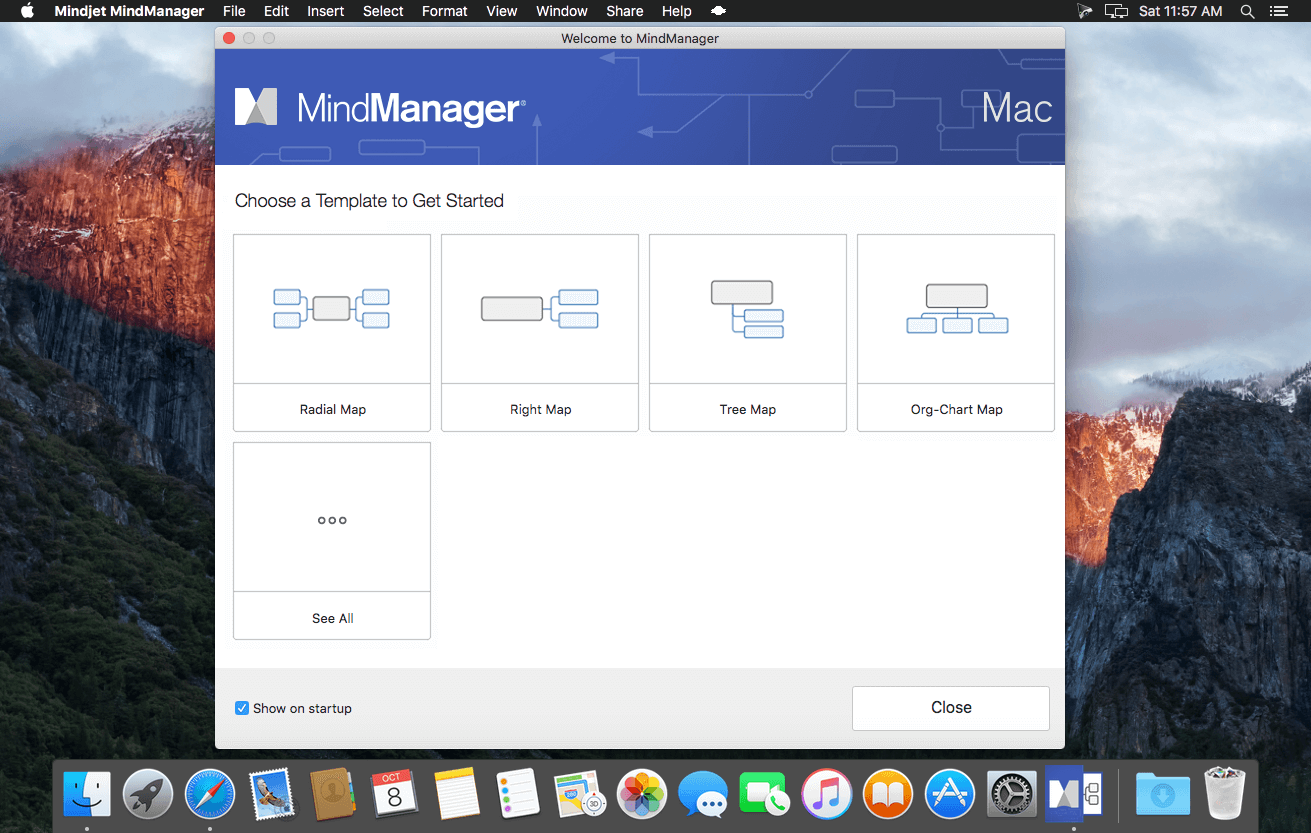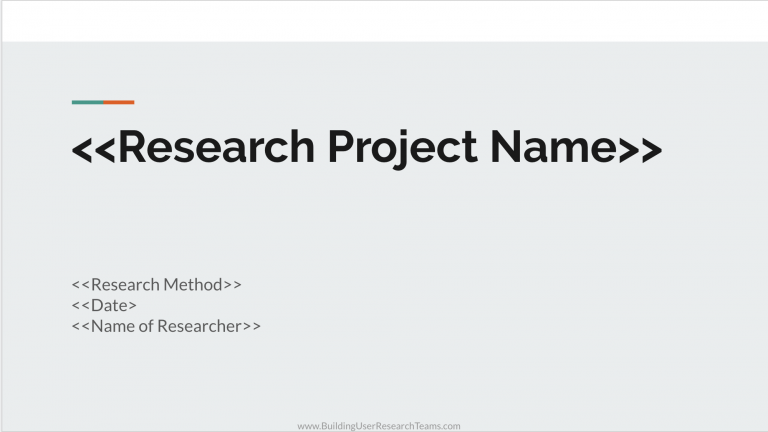

In the paper we draw on the policy context and the evidence base for social care technologies and their limitations to support this argument. In fact, in this scenario it is unlikely that technologies will meet the social care needs of older adults and could actually exacerbate existing issues. We believe if this broader dialogue does not take place then it is unlikely that policy ambitions about digital technologies ‘transforming’ social care will be realised. We argue that if social care digital technologies are going to benefit older adult social care users then a broader discussion about how social care is received and provided needs to take place. In this changing context, social care digital technologies are increasingly championed as a way to support the social care of older adults. The social care context is changing in many Organisation for Economic Co-operation and Development countries due to demand pressures.

Projelere yönelik mekân kalitesinin dolayısıyla yaşam kalitesininĪrttırılması adına öneriler getirilmektedir. Tercihler ve bakış açıları doğrultusunda yapılması planlanan bu Tespit edilen yeni yaşlı konutlarına yönelik Veriler araştırmanın başında belirlenen hipotezler ile olan ilişkisiĭeğerlendirilmiştir. Çevreler oluşturabilmek adına kullanıcıların konu ile ilgili görüşleriĪnket yöntemi ile çalışma kapsamında değerlendirilmiştir. Tercihleri saptayabilmek ve buna bağlı olarak daha iyi mekânsal Bu sebeple bu gibi yatırımlar için geleceğe yönelik Yaşlılara yönelik konut tesislerinin ülkemizde henüz bitmiş örneğiīulunmamaktadır. Tercihler de çalışma kapsamında tespit edilmektedir. Yönelik olarak yapılacak konut ve konut komplekslerine ile ilgili Bununla birlikte her geçen gün artan taleplere Memnuniyetlerinin, mekânsal gereksinimler doğrultusunda ölçülmesiĪmaçlanmaktadır. Ülkemizde de paralel şekilde yaşlı nüfus oranı artmaktadır.īu çalışmada yeterlilik düzeyi bağımsız olan yaşlıların konuta yönelik Genel anlamda dünyanın birçok yerinde olduğu gibi, Genel yaş ortalamasının yükselmesine ve yaşlı nüfus oranının artmasına Further research is needed to determine if and how the identified factors are interrelated, if perspectives of various stakeholders involved differ, and how the factors can be improved in practice.ĭünyada yaşanan gelişmeler ile insan ömrü uzamaktadır. The sense of home is influenced by numerous factors related to the psychology of the residents and the social and built environmental contexts. The sense of home of nursing home residents is influenced by 15 factors, divided into three themes: (1) psychological factors (sense of acknowledgement, preservation of one’s habits and values, autonomy and control, and coping) (2) social factors (interaction and relationship with staff, residents, family and friends, and pets) and activities and (3) the built environment (private space and (quasi-)public space, personal belongings, technology, look and feel, and the outdoors and location). Seventeen mainly qualitative articles were included. Inclusion criteria were (1) original and peer-reviewed research, (2) qualitative, quantitative, or mixed methods research, (3) research about nursing home residents (or similar type of housing), and (4) research on the sense of home, meaning of home, at-homeness, or homelikeness. To provide an overview of factors influencing the sense of home of older adults residing in the nursing home. However, the implementation of new technologies should be done with care and should be integrated into existing ICT systems in order to minimize additional training and posing a burden on the workload. The participants in this study indicated that RTLS can provide a solution to some of the challenges that they encounter in the workplace. The organizational culture and building typology may play a role in losing items. The study identified semantic themes that relate to the practicalities of lost and misplaced items in the nursing home, as well as latent themes that cover the wishes regarding technology in the nursing homes. Rather than investigating the technological possibilities, this study investigates the needs and wishes from the perspective of the care professional. This paper describes a participatory design study of RTLS based on context mapping, conducted in two nursing home organizations. that can be utilized in the nursing home for monitoring the use and location of assets. One of these emerging technologies are location technologies (RTLS or Real-Time Location Systems). The challenges concerning the implementation of such technologies are numerous. Modern healthcare, including nursing home care, goes together with the use of technologies to support treatment, the provision of care and daily activities.


 0 kommentar(er)
0 kommentar(er)
